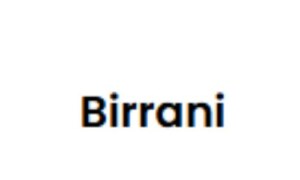Choosing a top Forex trading platform depends on various factors such as ease of use, fees, available tools, and the geographical region you’re operating from. Here are some of the top Forex trading platforms in 2025:
1. MetaTrader 4 (MT4)
Pros:
Widely used and trusted by retail traders.
Excellent for technical analysis with various charting tools.
Large range of custom indicators and automated trading bots (Expert Advisors).
Cons:
Limited in terms of more advanced features compared to newer platforms.
No in-built fundamental analysis tools.
2. MetaTrader 5 (MT5)
Pros:
Improved version of MT4, with better charting, more timeframes, and depth of market (DOM) analysis.
More order types and increased timeframes for better trading flexibility.
Faster execution speeds compared to MT4.
Cons:
Slightly steeper learning curve for beginners due to the added complexity.
Some brokers still predominantly use MT4.
3. cTrader
Pros:
Excellent user interface, with fast trade execution.
Advanced charting features and extensive technical analysis tools.
Automated trading via cAlgo.
Cons:
Less popular than MT4 and MT5, meaning fewer resources and third-party tools.
Not as many brokers support cTrader compared to MT4.
4. NinjaTrader
Pros:
Great for traders who want to trade beyond just Forex, including futures and stocks.
Advanced charting and backtesting capabilities.
Excellent for algorithmic trading with advanced coding capabilities.
Cons:
Steeper learning curve, especially for beginners.
Can be expensive for a full version.
5. TradingView
Pros:
Great for charting and analysis, with easy-to-read graphs and social trading features.
Compatible with a wide range of brokers.
Cloud-based platform, so you can trade from anywhere with an internet connection.
Cons:
Not as powerful for execution as MT4 or cTrader.
Limited automated trading features.
6. Thinkorswim (by TD Ameritrade)
Pros:
Excellent charting and analysis tools.
Robust educational resources for beginners.
Low commissions for active traders.
Cons:
May not be as focused on Forex alone (more popular for stocks and options).
Somewhat slower in execution compared to specialized Forex platforms.
7. SaxoTraderGO (by Saxo Bank)
Pros:
Excellent execution speed and minimal slippage.
Wide range of tradable instruments, including Forex, commodities, and stocks.
Robust analysis tools.
Cons:
High account minimums for trading.
Not as beginner-friendly as some platforms.
8. Interactive Brokers (IBKR)
Pros:
Low-cost trading with deep liquidity, ideal for serious traders.
Strong research and analysis tools.
Access to a wide range of markets beyond Forex.
Cons:
Complex platform that might be overwhelming for beginners.
Relatively high margin requirements.
9. eToro
Pros:
Great for beginner traders and those interested in social trading.
User-friendly interface with easy navigation.
Allows users to copy successful traders.
Cons:
Limited charting and technical analysis tools compared to other platforms.
Fees may be higher for withdrawals.
10. Pepperstone (Razor Account)
Pros:
Excellent spreads, particularly for the Razor account.
Access to both MetaTrader and cTrader.
Great for low-latency trading, suitable for scalpers.
Cons:
Fewer trading tools compared to platforms like TradingView.
Higher commission fees for Razor accounts.
Key Factors to Consider:
Regulation and Safety: Ensure the platform is regulated by top authorities (e.g., FCA, ASIC).
Trading Tools and Features: Look for platforms that offer technical analysis tools, charting, and automated trading options.
Fees and Spreads: Check for any hidden fees and compare the spreads between platforms.
Customer Support: Good customer support can be crucial in case you face any issues.
Your best Forex platform choice will depend on your personal preferences, level of experience, and trading style. Beginners may prefer user-friendly platforms like eToro or TradingView, while advanced traders might gravitate towards MetaTrader, cTrader, or NinjaTrader.




Leave a comment